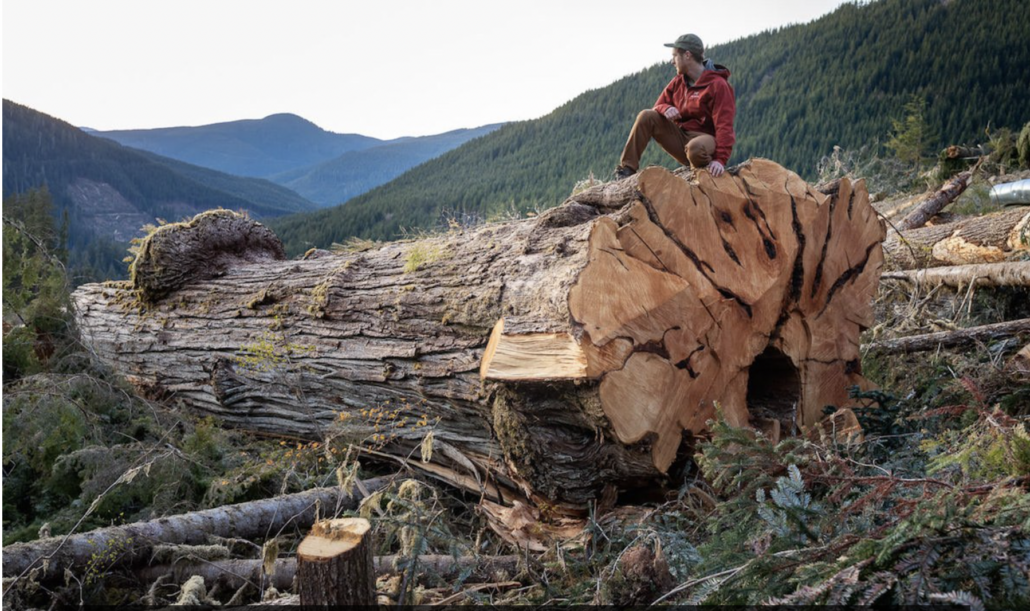
B.C. is flunking on old-growth forests, environmental report card says
Premier John Horgan is getting failing grades when it comes to protecting B.C.’s old-growth forests, according to a report card issued by a coalition of environmental groups on Thursday.
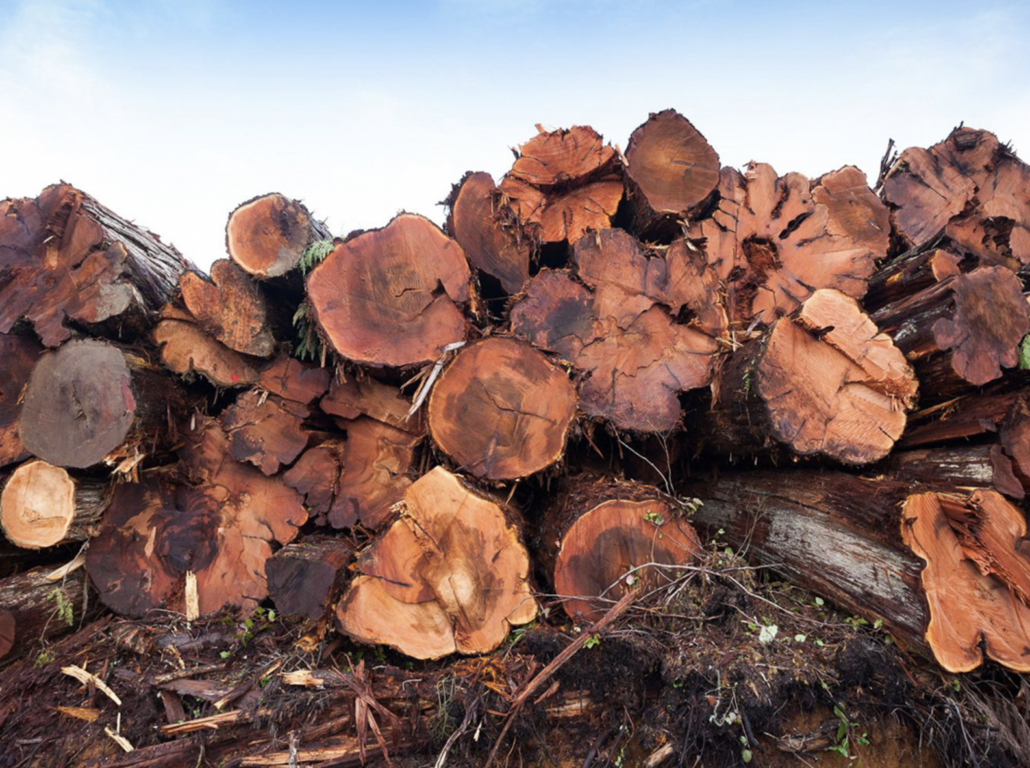
BC Promised to Protect Old Growth. How Is It Doing?
News coverage in The Tyee on where the BC NDP is at when it comes to old-growth
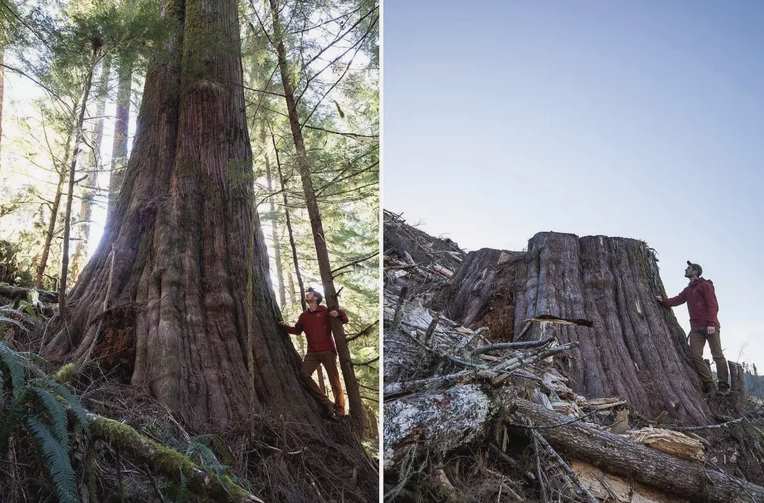
Photos Raise Alarm Over Old-Growth Logging in British Columbia
Here's a new piece in Treehugger featuring an interview with AFA's TJ Watt and before-and-after images of ancient giants cut down in the Caycuse watershed. With over 120 million annual readers, the destruction of BC's old-growth forests is reaching a global audience.
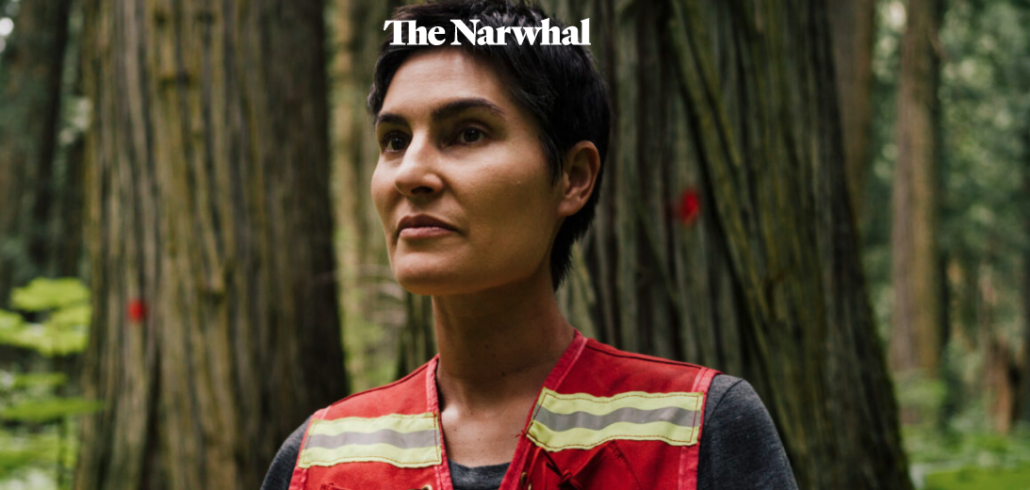
B.C.’s old-growth forest nearly eliminated, new provincewide mapping reveals
Our friends at Conservation North released shocking new interactive maps that illustrate just how little old-growth forest remains across BC after decades of industrial activity.
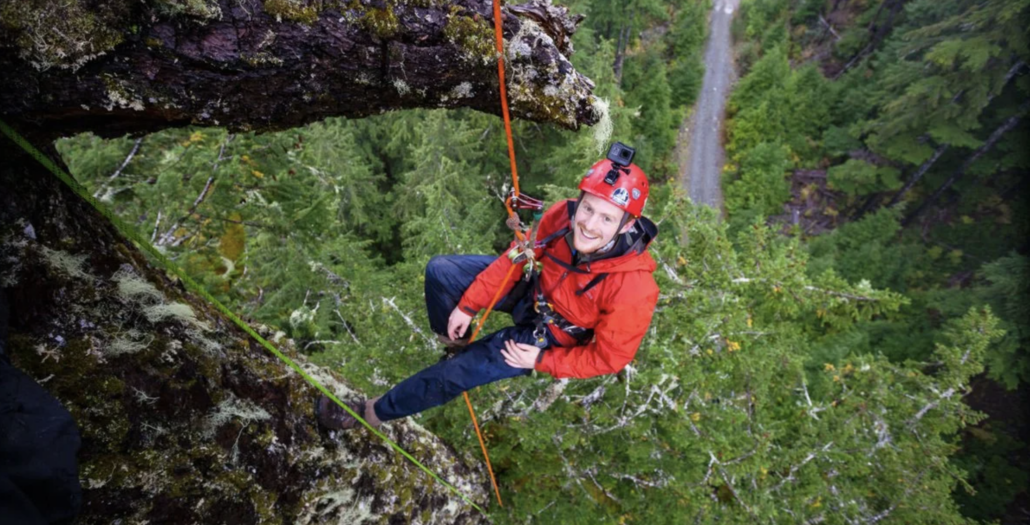
Forest Selfies Are Helping Save B.C.’s Old-Growth Trees
AFA photographer & campaigner TJ Watt's before and after images of ancient giants in the Caycuse River Watershed garnered massive public attention and spurred thousands to take action for BC's ancient forests. This Outside magazine piece delves into TJ's process behind capturing the beauty and loss of old-growth forests and what's needed to protect them.
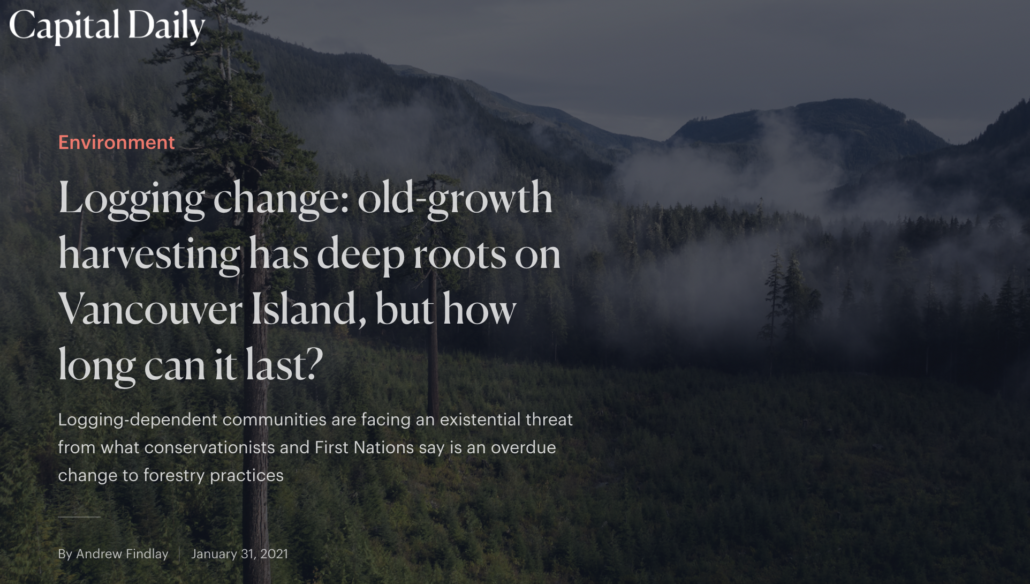
Logging change: old-growth harvesting has deep roots on Vancouver Island, but how long can it last?
Capital DailyJanuary 31, 2021
Logging-dependent communities are facing an existential threat from what conservationists and First Nations say is an overdue change to forestry practices.
If there’s…
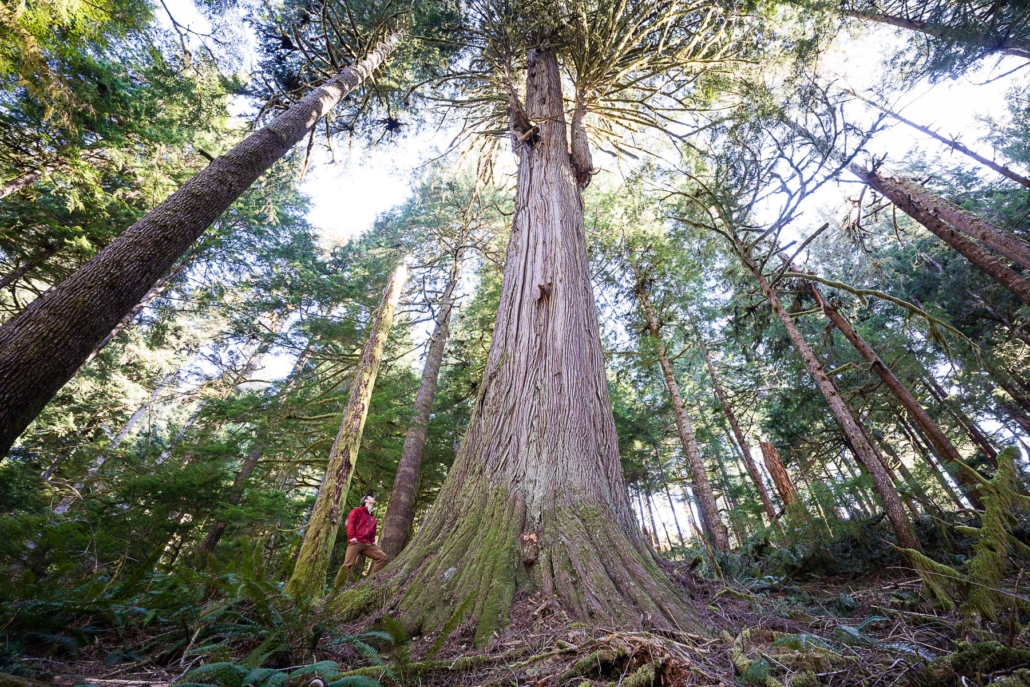
Environmental group calls on province to preserve old-growth forests
Cowichan Valley CitizenDecember 14, 2020
Points to clear cutting along Haddon Creek as shocking
Conservationists with the Ancient Forest Alliance are urging the province to immediately…
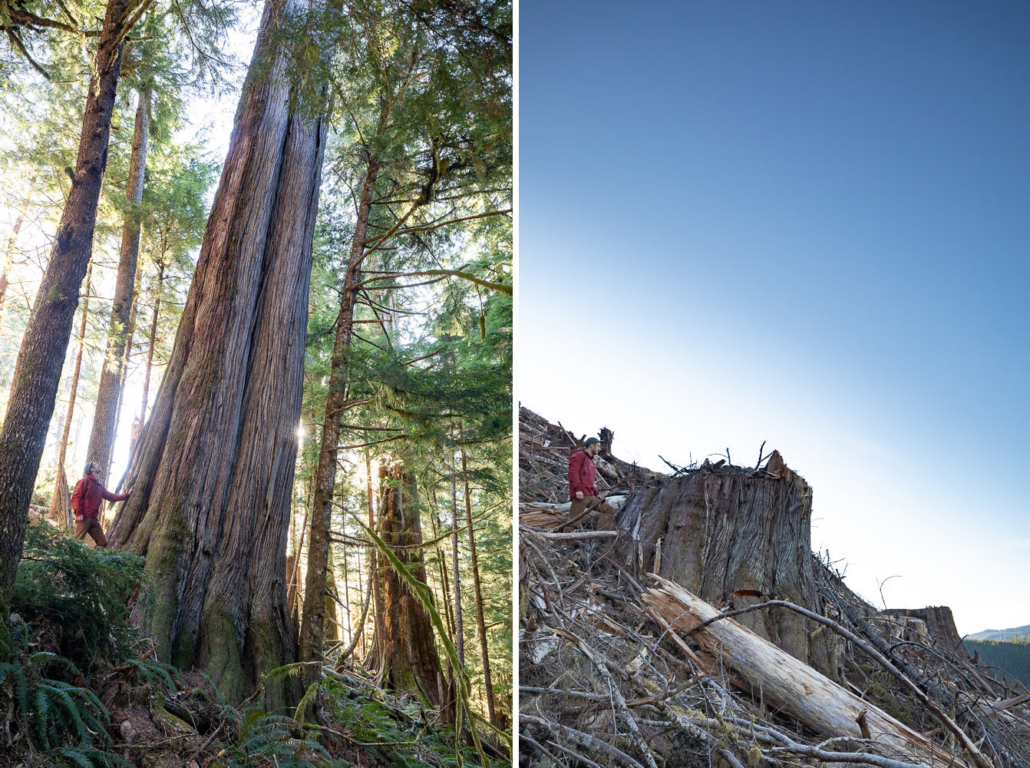
In photos: see old-growth go from stand to stump on B.C.’s Vancouver Island
The NarwhalDecember 10th, 2020
Between April and November, a grove of ancient trees was felled in the Caycuse watershed on Ditidaht Territory, pointing to the breakneck pace of clearcut logging…

Photography campaign shows the grim aftermath of logging in Canada’s fragile forests
AFA's TJ Watt was interviewed by The Guardian about the logging of ancient cedars in the Caycuse Valley & the ongoing destruction of BC's endangered old-growth in the face of a global environmental emergency. Read more...
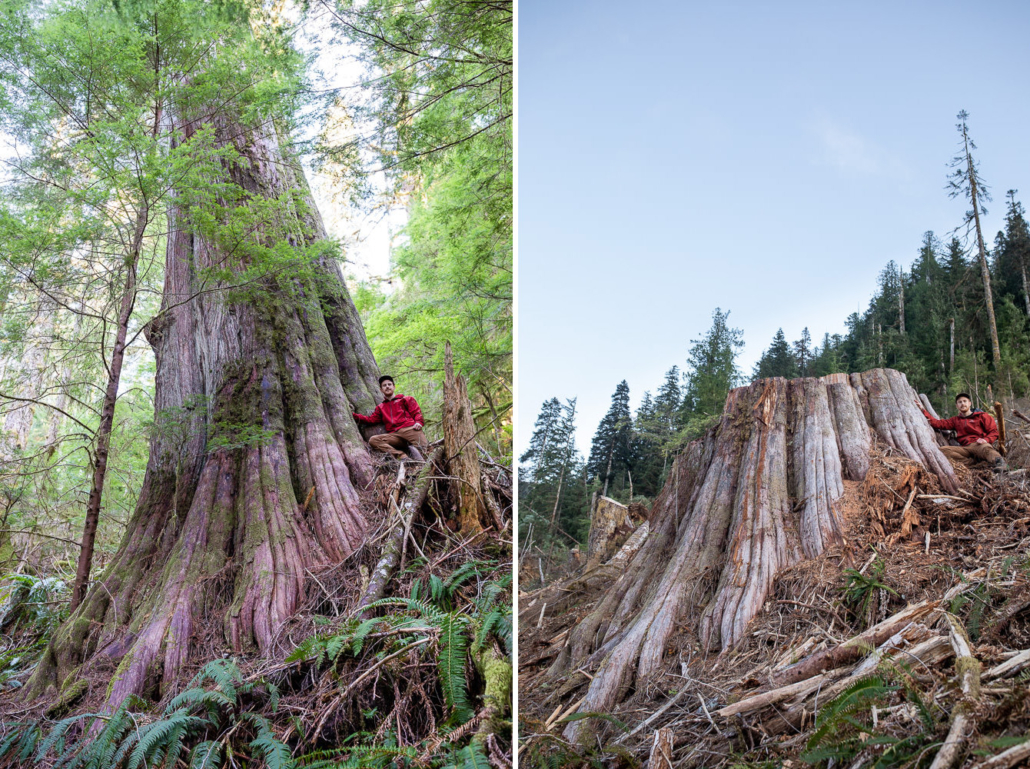
Conservationists demand fast action from B.C.’s new forestry minister on protection for old-growth trees
CBC News British ColumbiaNovember 29, 2020
Katrine Conroy, MLA for Kootenay-West, was appointed this week as B.C.'s forestry minister
Ancient Forest Alliance campaigner and photographer TJ Watt…
